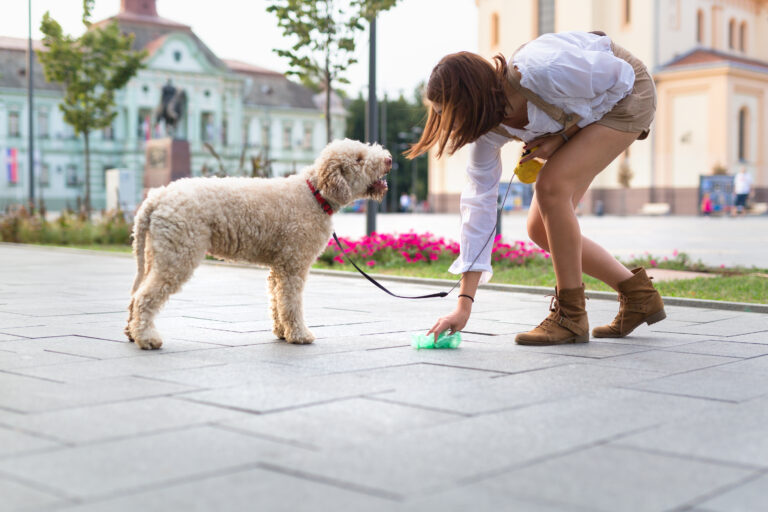Why Pet Data is the Missing Piece in Your Property Management Strategy
In multifamily, it’s no secret that pet-friendly policies can attract and retain residents. But to stand out in a competitive market, properties must go beyond simply welcoming pets—they need to understand them.
The challenge? Many properties have no real grasp of their pet population. They rely on pet fees or rent rolls to estimate numbers, but these only tell half the story. Emotional Support Animals (ESAs) don’t pay fees, and unauthorized pets often fly under the radar. That means many communities are operating with incomplete data—making it nearly impossible to plan effectively for pet-related policies, maintenance, or amenities.
This is where leveraging pet data changes the game.
Making Smarter Decisions with Pet Data
Pet data, like the kind gathered through DNA-based pet management systems, offers more than just waste management solutions. It provides a unique opportunity to enhance resident engagement, tailor amenities, and ultimately strengthen your community’s appeal. By understanding the actual number and types of pets on-site, properties can make informed decisions about:
- Maintenance Strategy: Knowing the true pet population allows for better planning around wear and tear, ensuring units and shared spaces remain in top condition.
- Policy Development: With a clear picture of the community’s pets, properties can refine policies to better meet resident needs while reducing potential conflicts.
- Amenity Planning: If a dog park is underutilized while waste stations are constantly overflowing, data can reveal these patterns—helping properties allocate resources effectively.
Boosting Resident Engagement and Satisfaction
Beyond the operational benefits, understanding your community’s pet population isn’t just about policies and planning—it’s about people. Pet owners don’t just want a place to live; they want a community that acknowledges their pets as part of the family. When properties leverage pet data to create thoughtful experiences, they build stronger relationships with residents and stand out as truly pet-friendly.
With the right insights, properties can:
- Tailor Communication: Share pet-specific resources, like local dog parks or vet recommendations, based on the actual pets in the community.
- Offer Exclusive Amenities: Reward responsible pet ownership with discounts on grooming services or free waste bags for residents who consistently clean up after their pets. For example, partnering with pet care brands like Patter can provide residents with high-quality products and services, enhancing their overall experience.
- Host Pet-Centric Events: Organize targeted gatherings, like puppy playdates for small breeds or training workshops for larger dogs, to build a stronger sense of community.
Driving Long-Term Value
Beyond improving resident experiences, leveraging pet data also delivers measurable benefits for property owners and managers:
- Increased Revenue: DNA-based pet management systems reduce cleanup costs while generating revenue through registration fees and violation fines for pet owners that don’t pick up.
- Higher Retention Rates: A truly pet-inclusive community fosters stronger resident loyalty, increasing lease renewals. According to the “Pets in Rental Housing 2025 Outlook,” easing or lifting pet restrictions can significantly benefit rental housing providers by boosting both financial returns and resident satisfaction. Pet owners are more likely to stay, up to 21% longer, which helps reduce costly vacancy losses and turnover expenses.[1]
- Enhanced Reputation: Properties that actively support responsible pet ownership earn positive reviews, attracting new residents and standing out from competitors.
- Michelson Found Animals’ Pet Inclusive Housing Initiative, “Pets in Rental Housing 2025 Outlook.”







